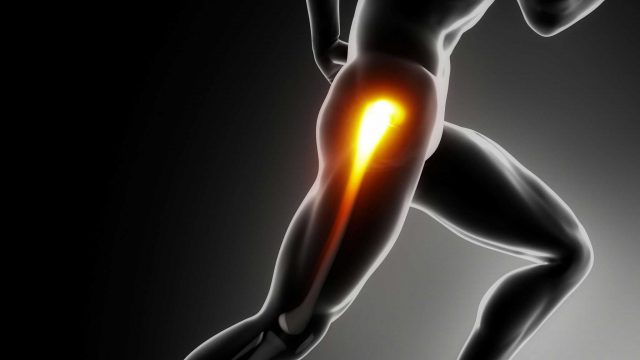
Introduction
Gluteal tendinopathy is an injury that occurs on the gluteal/buttock tendons. This injury can occur on one side or either side of the gluteal area. As a result, this injury can lead to significant pain or the disfunction of the gluteal muscles. Scientifically the glute area is composed of three muscles, namely the gluteus maximus, minimus, and medius. These muscles originated from ilium and sacrum regions and merged on the femur, thus enabling movement and body support.
Signs and Symptoms of Gluteal Tendinopathy
The gluteal tendinopathy is signified by lateral hip pain and muscular stiffness. In turn, this leads to loss of strength on the hips and the affected area. As if that is not enough, patients with this condition may have tender/warm/red inflammations on their bursa. Lastly, the pain might get worse when the gluteal muscles are under stress frequently.
Diagnosis of Gluteal Tendinopathy
Diagnosis of this condition is made clinically by a physiotherapist based on clinical history, symptoms, and even examination. Examination of the affected region involves checking the patient’s response to pain when load testing is done. For a better insight of your condition, the therapist might recommend ultrasound or MRI. These tests are only applicable if a patient has multiple regions of the glutes generating pain. In such cases, the physiotherapy will liaise with a GP and come up with a better diagnosis.
Treatment
Treatment of this kind of situation involves simple procedures such as
- Rest: Rest is clinical to recovering from this kind of situation. Resting allows the affected muscles and tendons of the gluteal region to grow back, thus relieving the pain. To implement this, patients should avoid positions of compression, such as crossing legs.
- Patients should apply ice on the damage to relieve muscle soreness and muscle tension. This process should take 20 – 30 minutes for the treatment to be more productive.
- Lastly, patients should also undergo a gluteal tendinopathy exercise with the help of a sports and spine physiotherapy
Frequently asked questions
How long does it take to heal from a gluteal tendinopathy condition?
The recovery time for gluteal tendinopathy patients depends on whether their injury is short term or long term. Short term injuries are easy to manage and require a minimum of 8 weeks for recovery. On the other hand, long term injuries are a pain in the neck and require an additional 44 weeks to recover.
Is gluteal tendinopathy painful?
Yes, patients with gluteal tendinopathy experience pain in the affected regions on the glutes. The pain may worsen if patients are sitting or side-lying on the problematic side. Also, research shows that patients may experience more pain when they engage in stressful activities such as walking and running. As such, patients with these conditions should avoid weight-bearing activities until they are fit again.
Is walking suitable for gluteal tendinopathy?
No, in as much as walking is beneficial to health, walking is not suitable for gluteal tendinopathy patients. Walking aggravates a painful phase for patients. As a result, patients should limit walking for the next few days until the symptoms are under control. Note that you should avoid walking for periods longer than 20 minutes.
